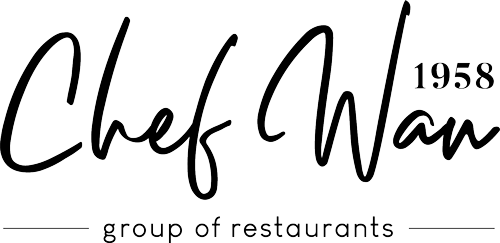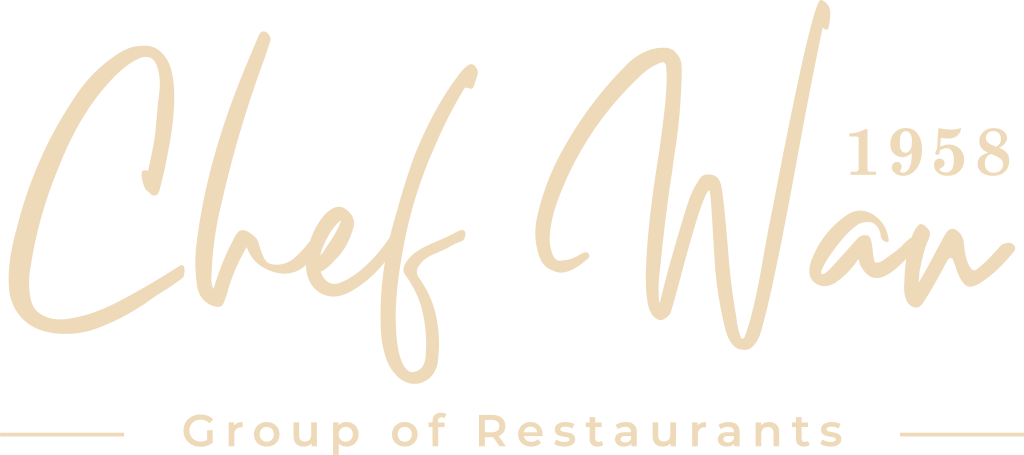Have you ever watched a professional chef effortlessly juggling multiple tasks in a bustling kitchen, all while carefully timing each step of a recipe? It’s truly a sight to behold. In a busy kitchen environment, timing and multitasking are not just skills, they are essential ingredients for success. Let’s dive into the importance of timing and multitasking and how they can make or break a kitchen’s efficiency.
Introduction
In the realm of culinary artistry, timing is the secret spice that can elevate a dish from good to exceptional. From prep work to plating, every step needs to be precisely timed to ensure that the flavors, textures, and temperatures are perfectly balanced. Additionally, the ability to multitask efficiently allows chefs to handle multiple responsibilities simultaneously, keeping the kitchen running seamlessly. In this fast-paced world, timing and multitasking are the driving forces that keep a busy kitchen on track.
The Symphony of Timing
Picture a symphony orchestra, where every musician must play their part flawlessly to create a harmonious masterpiece. Similarly, the kitchen operates as a symphony, where the chef must conduct the various components of a meal with impeccable timing. Each ingredient, from vegetables to proteins, requires careful consideration of cooking times. Overcooking or undercooking even a single element can throw off the entire balance and compromise the overall quality of the dish.
Moreover, timing extends beyond individual ingredients. It encompasses activities such as preheating ovens, boiling water, and plating the final creation. A well-timed kitchen ensures that all components are ready simultaneously, allowing the dish to be served hot and fresh. Time management becomes paramount in preventing delays and ensuring smooth service, especially during peak hours when a steady stream of orders floods the kitchen.
The Art of Multitasking
In a bustling kitchen, multitasking is the chef’s secret weapon. It involves simultaneously handling multiple tasks, dividing attention, and swiftly transitioning between them. A chef must effortlessly switch from chopping vegetables to monitoring sauces, all while keeping an eye on cooking times and managing the overall flow of the kitchen. It’s a dance of efficiency and precision.
Multitasking not only enhances productivity but also allows for effective utilization of resources. Imagine a chef skillfully overseeing the grill while simultaneously supervising the sauté station – this multitasking prowess ensures that every inch of the kitchen is maximized to its full potential.
The Benefits of Timing and Multitasking
The importance of timing and multitasking in a busy kitchen cannot be overstated. Here are some key benefits that they bring to the table:
-
Efficiency: Proper timing and multitasking enable chefs to handle a high volume of orders without sacrificing quality. It streamlines the workflow and minimizes downtime, ensuring a smooth operation.
-
Consistency: By mastering timing and multitasking, chefs can ensure that every dish is consistently cooked to perfection. This consistency builds a strong reputation for the restaurant and keeps customers coming back for more.
-
Time management: A well-timed kitchen eliminates unnecessary delays, maximizing the chef’s available cooking time. It allows for better organization, reducing stress and increasing overall performance.
-
Flexibility: The ability to multitask offers greater flexibility in managing unexpected situations, such as last-minute orders or equipment malfunctions. A seasoned chef can adapt quickly, ensuring that deadlines are met without compromising on quality.
-
Creativity: Timing and multitasking provide chefs with a solid foundation to unleash their creativity. With these skills honed, they can experiment with new flavors, techniques, and presentation styles while maintaining control over the cooking process.
Conclusion
The art of timing and multitasking in a busy kitchen is truly remarkable. It serves as the backbone of a well-orchestrated culinary experience, ensuring that each dish is a symphony of flavors and textures. By mastering these skills, chefs can maintain efficiency, consistency, and flexibility, ultimately creating unforgettable dining experiences.
Frequently Asked Questions (FAQ)
1. How can I improve my timing in the kitchen?
– To improve timing, create a prep checklist and ensure all ingredients and equipment are ready before you start cooking. Practice by setting timers and challenging yourself to complete tasks within specific time frames.
2. What are some effective techniques for multitasking in the kitchen?
– Prioritize tasks, break them down into smaller steps, and delegate when possible. Use the “mise en place” method to organize ingredients and have a clear view of what needs attention. Stay organized and stay focused.
3. Is multitasking always beneficial in a kitchen environment?
– While multitasking is essential in a busy kitchen, it’s important to strike a balance. Some tasks require undivided attention, such as delicate knife work or tempering chocolate. Knowing when to focus on a single task is just as crucial as multitasking efficiently.
4. How do timing and multitasking affect the quality of the food?
– Proper timing ensures ingredients are cooked to perfection, preserving flavors and textures. Multitasking ensures that all elements of the dish are prepared and served simultaneously, maintaining optimal temperature and presentation.
5. Can timing and multitasking be learned by home cooks as well?
– Absolutely! Home cooks can also benefit from mastering timing and multitasking. Start by practicing with simpler recipes and gradually challenge yourself with more complex dishes. Remember, practice makes perfect!
*Note: The Malay word “mise en place” is used in the culinary world and has become widely accepted in English as well.


